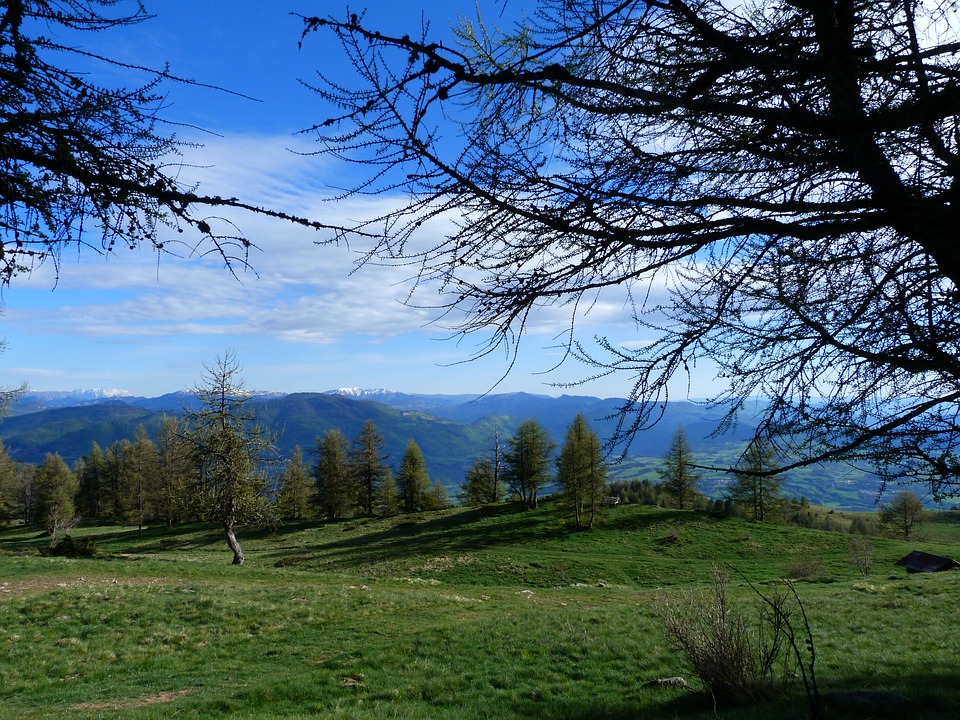The Cultural Significance of Forest Edge Settlements
Introduction
Forest edge settlements, also known as ecotones, have long been a significant part of human history and culture. These transitional areas between forests and open lands have provided numerous benefits to early societies, including resources for food, shelter, and protection. The cultural significance of forest edge settlements can be seen in various aspects, from architecture to folklore to spiritual beliefs.
Resource Availability
One of the main reasons why forest edge settlements have been culturally significant is the abundance of resources available in these areas. For early societies, the forest edge provided a diverse range of plants and animals for hunting, gathering, and agriculture. This rich biodiversity allowed communities to thrive and develop unique cultural practices based on their interactions with the natural environment.
The forest edge also provided materials for building shelters and crafting tools. Trees provided wood for constructing homes, while plants and animals offered fibers, hides, and bones for making clothing and implements. This close connection to the land shaped the culture and traditions of forest edge settlements, influencing everything from clothing styles to building techniques.
Architecture and Design
The architecture of forest edge settlements reflects the cultural values and practices of the communities that built them. In many cases, houses were constructed using local materials such as wood, mud, and thatch, blending seamlessly with the surrounding landscape. The layout of villages and towns often followed the natural contours of the land, with buildings arranged in clusters to maximize sunlight and airflow.
The design of forest edge settlements also took into account the need for protection and defense. Walls, fences, and watchtowers were common features, serving as barriers against wild animals and rival tribes. In some cultures, sacred sites and ceremonial centers were located at the forest edge, symbolizing the connection between humans and the natural world.
Folklore and Mythology
The cultural significance of forest edge settlements can be seen in the folklore and mythology of many societies. Forests have long been associated with mystery, magic, and danger, with stories of spirits, monsters, and mythical creatures haunting the woods. At the same time, forests were also seen as sacred places, home to gods, goddesses, and nature spirits.
In some cultures, the forest edge was believed to be a liminal space between the earthly realm and the spirit world. Rituals and ceremonies were held at the forest edge to honor these supernatural beings and seek their protection. Folk tales and legends passed down through generations often feature forest edge settlements as settings for heroic quests, love stories, and battles between good and evil.
Spiritual Beliefs and Practices
Many cultures around the world have revered the forest edge as a sacred place with spiritual significance. Trees were seen as symbols of strength, wisdom, and life force, and were often used in religious ceremonies and rituals. Forest edge settlements were considered gateways to the divine, where humans could commune with the natural world and receive guidance from higher powers.
In indigenous cultures, the forest edge was a place of healing and transformation, where shamans and healers sought visions and insights. Offerings of food, flowers, and incense were left at sacred sites to appease the spirits and ensure a bountiful harvest. The cultural practices and beliefs associated with forest edge settlements were integral to the spiritual life of these communities, shaping their worldview and sense of connection to the land.
Conclusion
In conclusion, forest edge settlements have played a crucial role in the cultural development of human societies. These transitional areas between forests and open lands have provided a wealth of resources for early communities, shaping their architecture, folklore, and spiritual beliefs. The cultural significance of forest edge settlements can still be seen today in the traditions and customs of indigenous peoples around the world. As we continue to explore and study these unique environments, we gain a deeper understanding of our shared human heritage and the interconnectedness of all life on Earth.





